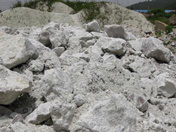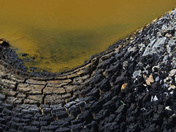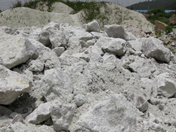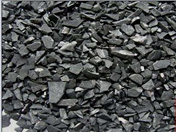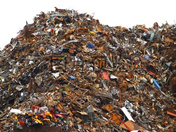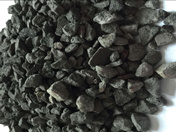Zhengzhou Taida welcome your visiting to our website!
 SITEMAP|
中文站|
CONTACT US|
ONLINE MESSAGE
SITEMAP|
中文站|
CONTACT US|
ONLINE MESSAGE
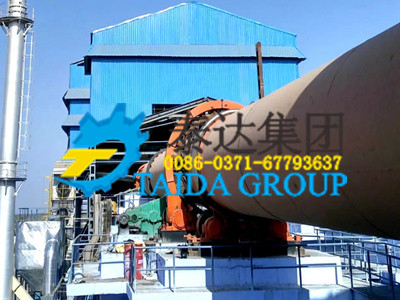
Rotary Kiln Dryer
Specifications:
Rotary kiln is used for making of cement clinker and there are dry and wet methods to make cement; it can also be used for magnetic roasting of iron ore and oxidizing roasting of chrome and nickel in the steel factory;
Application Range:Building material, metallurgy, chemical industry, electrical power and etc.
Applicable Materials:sponge iron,iron ore,nickle ore,chrome and other non-ferrous metal.






Low energy consumption
Our rotary kiln adopts reasonble running parameter; coal and electricity
Easy to maintain and operate
Operation simple, reliable, less operators, process stability.
With high automation level
The whole production line needs only one person to supervise. finished
Long service life, less quicky-wear parts
Service life can last for 8 to 10 years. with good maintenance, it can be used for longer.
Working Principle
The rotary drum holds a certain inclination which makes wet materials enter the rotary dryer from upper part. Then, materials will be collected from the lower part. Hot air can enter the rotary dryer from both feed end and discharge end. There is forward copy board in the cylinder, which makes materials get lifted and scattered repeatedly. Therefore, material can contact with hot air fully to improve drying efficiency and drive materials forward. Generally speaking, heat source are hot air, hot flue gas and steam. The heat source can be chosen according to the certain quality of materials. The evaporation capacity is 30 to 80 kg per cubic meters. Evaporation capacity will change along with the change of hot air and materials’ moisture.
Latest Delivery
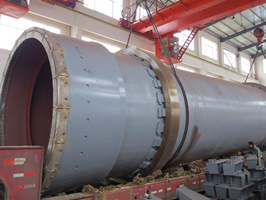
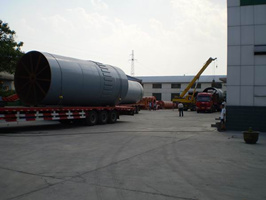
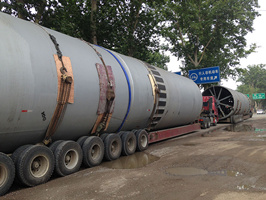
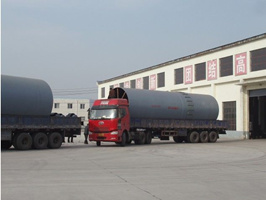
Project Case

Jinan 350TPD Lime Kiln Production Line
Attracted by lime rotary kiln manufactured by china famous rotary kiln supplier, Zhengzhou Taida, Jinan customer purchased a whole set of lime rotary kiln calcining machine to fulfill final production aim. The picture shown above presents the real working condition of Taida lime rotary kiln.
Raw material: Lime
Output capacity:350T/D

10TPH Russia Gypsum Production Site
Gypsum with high moisture is sent to hopper. Then, gypsum will enter the feeding end of rotary kiln dryer. Under this situation, the inclination of feeding end will be larger than natural inclination of gypsum.then, gypsum will enter rotary kiln dryer smoothly. calcining rotary kiln is a rotary drum with certain inclination.
Raw material:Phosphaste gypsum
Output capacity:1-10T/H
Technical Parameters
|
Specifications (m) |
Dimension | Power (kw) | Total weight (t) | Notes | ||||
| Diameter (m) | Length (m) | Inclination (%) | Output (t/h) | Rotary speed (r/min) | ||||
| Φ2.5×40 | 2.5 | 40 | 3.5 | 180 | 0.44-2.44 | 55 | 149.61 | With vertical preheater |
| Φ2.5×50 | 2.5 | 50 | 3 | 200 | 0.62-1.86 | 55 | 187.37 | ---- |
| Φ2.5×54 | 2.5 | 54 | 3.5 | 204 | 0.48-1.45 | 55 | 196.29 | ---- |
| Φ2.7×42 | 2.7 | 42 | 3.5 | 320 | 0.10-1.52 | 55 | 198.5 | ---- |
| Φ2.8×44 | 2.8 | 44 | 3.5 | 400 | 0.437-2.18 | 55 | 201.58 | Decomposition outside the kiln |
| Φ3.0×45 | 3 | 45 | 3.5 | 500 | 0.5-2.47 | 75 | 210.94 | ---- |
| Φ3.0×48 | 3 | 48 | 3.5 | 700 | 0.6-3.48 | 100 | 237 | Decomposition outside the kiln |
| Φ3.0×60 | 3 | 60 | 3.5 | 300 | 0.3-2 | 100 | 310 | Bauxite calcining kiln |
| Φ3.2×50 | 3.2 | 50 | 4 | 1000 | 0.6-3 | 125 | 278 | Decomposition outside the kiln |
| Φ3.3×52 | 3.3 | 52 | 3.5 | 1300 | 0.266-2.66 | 125 | 283 | preheat decomposition |
| Φ3.5×54 | 3.5 | 54 | 3.5 | 1500 | 0.55-3.4 | 220 | 363 | preheat decomposition |
| Φ3.6×70 | 3.6 | 70 | 3.5 | 1800 | 0.25-1.25 | 125 | 419 | Residual heat power |
| Φ4.0×56 | 4 | 56 | 4 | 2300 | 0.41-4.07 | 315 | 456 | preheat decomposition |
| Φ4.0×60 | 4 | 60 | 3.5 | 2500 | 0.396-3.96 | 315 | 510 | preheat decomposition |
| Φ4.2×60 | 4.2 | 60 | 4 | 2750 | 0.4-3.98 | 375 | 633 | preheat decomposition |
| Φ4.3×60 | 4.3 | 60 | 3.5 | 3200 | 0.396-3.96 | 375 | 583 | preheat decomposition |
| Φ4.5×66 | 4.5 | 66 | 3.5 | 4000 | 0.41-4.1 | 560 | 710.4 | preheat decomposition |
| Φ4.7×74 | 4.7 | 74 | 4 | 4500 | 0.35-4 | 630 | 849 | preheat decomposition |
| Φ4.8×74 | 4.8 | 74 | 4 | 5000 | 0.396-3.96 | 630 | 899 | preheat decomposition |
| Φ5.0×74 | 5 | 74 | 4 | 6000 | 0.35-4 | 710 | 944 | preheat decomposition |
| Φ5.6×87 | 5.6 | 87 | 4 | 8000 | Max4.23 | 800 | 1265 | preheat decomposition |
| Φ6.0×95 | 6 | 95 | 4 | 10000 | Max5 | 950×2 | 1659 | preheat decomposition |
Core Equipment
Applicable Materials
